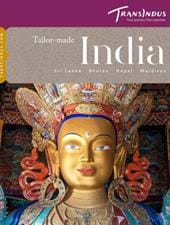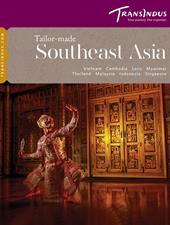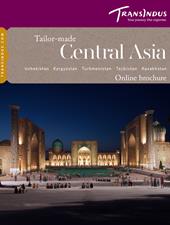Persepolis, also known as ‘Parseh’, was the seat of the Achaemenid empire, whose power peaked under Darius I and his son, Xerxes I, but was ultimately brought to a violent halt when Alexander the Great sacked the city in 330BC. Today, its ruins – an assemblage of colossal pillared palaces, throne halls, reliefs, gateways, platforms and tombs fashioned from pale-grey marble – form one of the world’s greatest archaeological treasures and an eloquent witness to the might of ancient Persia’s rulers, whose writ once extended from the Balkans to the Indus and south as far as the Nile.
Given the monumental scale of the site, it is amazing to think the great capital lay completely forgotten until the 1930s when excavation work revealed its full extent. An hour’s drive out of Shiraz, Persepolis is today a world-renowned visitor attraction. Marvelling at the monumental stonework, it’s still possible to gain a vivid sense of the world of Darius, Xerxes and Alexander.








